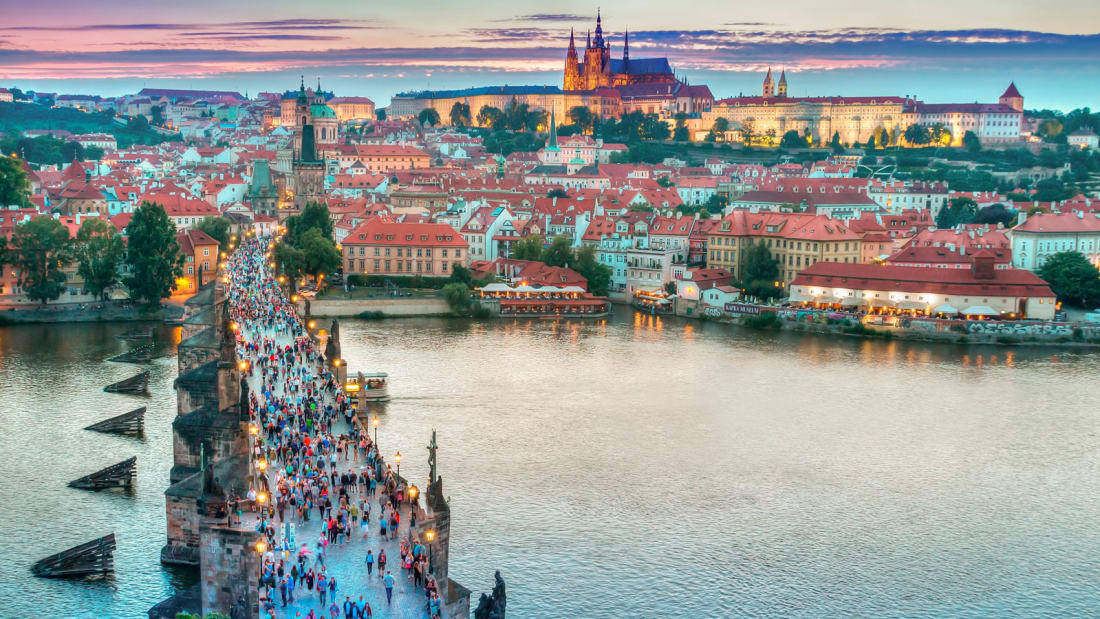Czech Republic Travel Guide
The Czech Republic is a small, landlocked country in the center of Europe, nicknamed the ‘heart of Europe’, it lies in the middle of Germany, Austria, Poland and Slovakia.
There are numerous national parks and nature reserves to enjoy hiking and cycling in the summer and the mountain resorts offer skiing in the winter.
The country has an array of historic cities, 12 UNESCO sites and over 2000 romantic castles to see!
